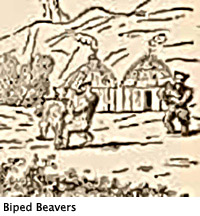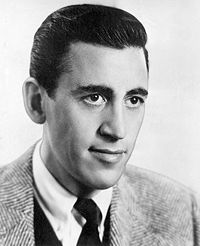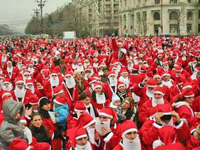Among many great discoveries that can be attributed to the Chinese is that Western consumers will buy shit if it”™s chocolate covered and packaged as an upscale brand. Our longtime fakes and frauds columnist W.J. Elvin takes a look at one little slice of the Chinese counterfeit market, collectible and rare coins, an area in which he dabbles with commercial and journalistic interest.
China: The Alice”™s Restaurant of Fake Collectible Coins
by W.J. Elvin III
July 28, 2011
 Seems kind of weird for a Wag-the-Dog culture like ours to be getting all righteous with the Chinese over a bit of fakery.
Seems kind of weird for a Wag-the-Dog culture like ours to be getting all righteous with the Chinese over a bit of fakery.
I”™m talking about fake Apple stores in China, a scam so marvelously done that even some of the employees believed they were working for Apple.
Latest reports indicate those shops have been shut down. But, to give China its due, that story was just one little blip on the fake-o-rama radar.
Most fake stuff coming into the U.S. originates in China where, so we hear, not only factories — entire towns are devoted to producing counterfeit popular merchandise.
Those folks get down to it, even making money by making money.
How do you do that? Continue reading “China: The Alice”™s Restaurant of Fake Collectible Coins”



 The New York Times, you may have noticed, plans to start charging for portions of its web content. One assumes the portions will be the those readers find most interesting.
The New York Times, you may have noticed, plans to start charging for portions of its web content. One assumes the portions will be the those readers find most interesting. J.D. Salinger, the quirky author of
J.D. Salinger, the quirky author of  Sure, some of us are nostalgic for ancient pagan winter rites like getting all painted up in blue for a sun worshipping cavort around a circle of huge boulders. Or those jolly pre-Christian customs like decorating trees with the intestines and various organs of one”™s enemies. But let”™s face it, the old-fashioned ways of celebrating year”™s end are pretty much out of favor with the mainstream.
Sure, some of us are nostalgic for ancient pagan winter rites like getting all painted up in blue for a sun worshipping cavort around a circle of huge boulders. Or those jolly pre-Christian customs like decorating trees with the intestines and various organs of one”™s enemies. But let”™s face it, the old-fashioned ways of celebrating year”™s end are pretty much out of favor with the mainstream.